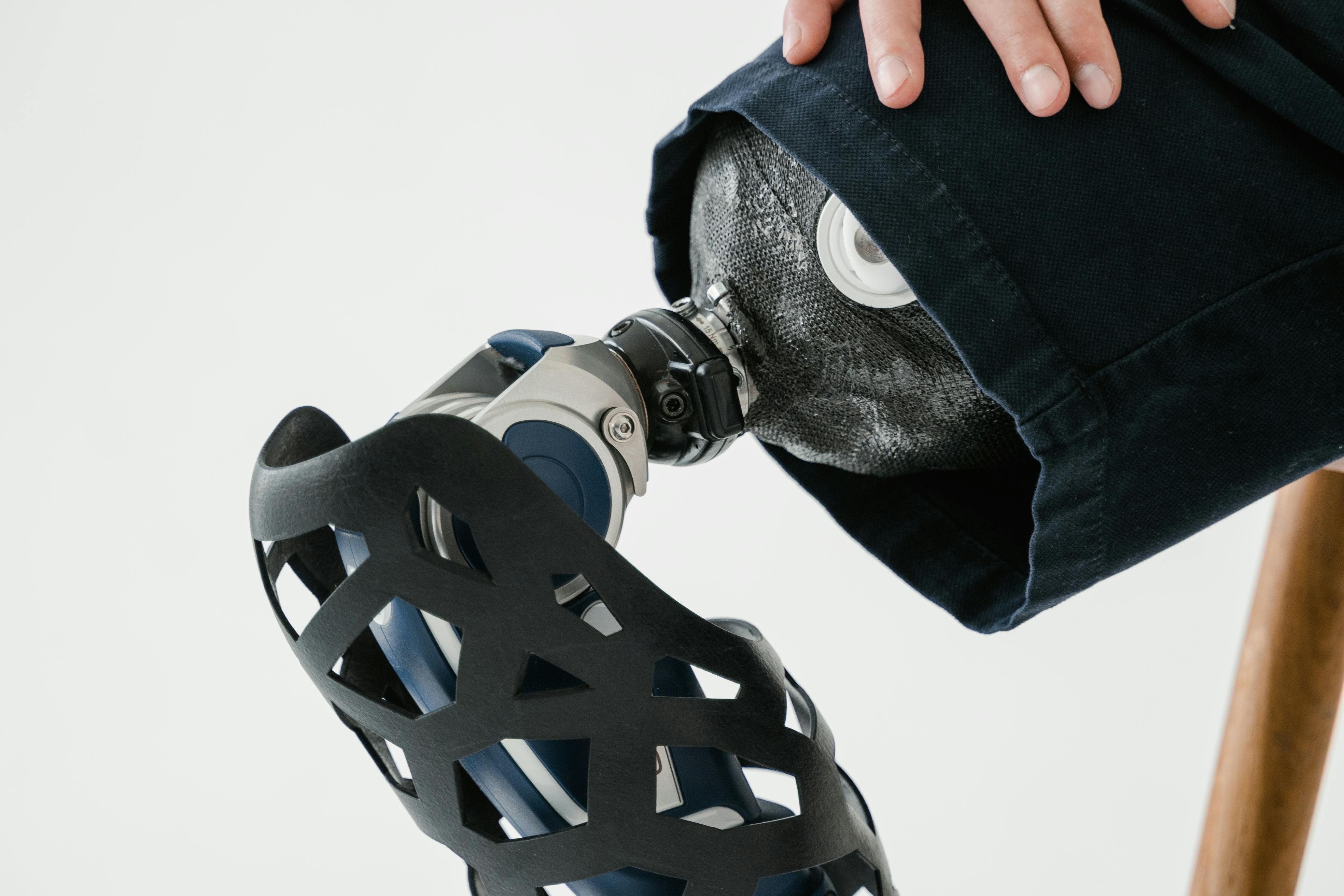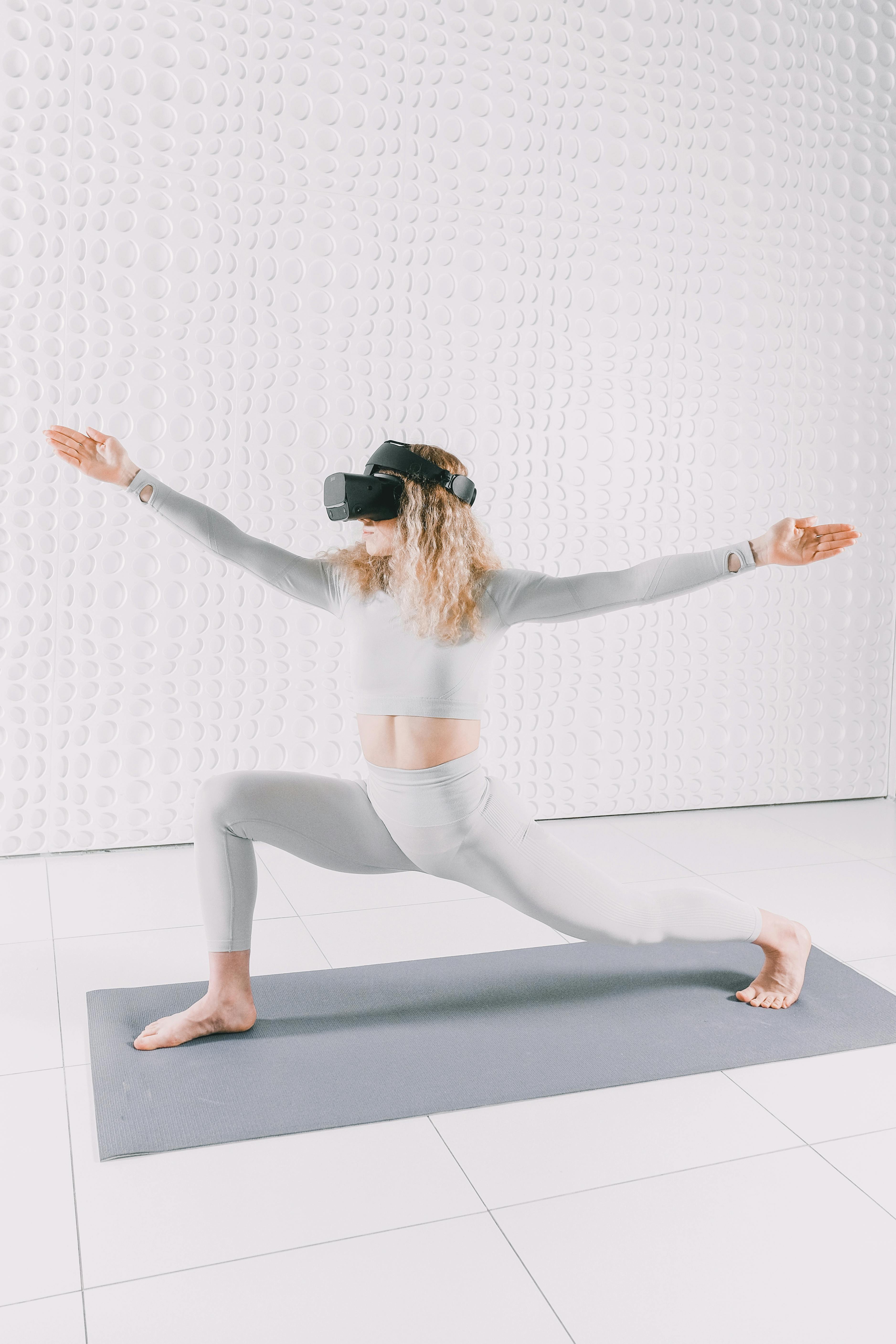Unlocking Cutting-Edge Health Assessments for a Healthier Future
Modern medicine is rapidly evolving, and so are the ways we assess and maintain our health. In an era of smart technology and personalized care, cutting-edge health assessments are revolutionizing the way individuals understand their bodies. This article explores the most advanced diagnostic approaches available today, offering insights into their benefits, applications, and how you can start leveraging them.

Understanding the Fundamentals
Cutting-edge health assessments are not just about new machines—they represent a shift in how we view and manage health. These assessments involve advanced diagnostic tools, AI-driven evaluations, and real-time biometrics, all geared toward proactive and personalized care.
Historically, health evaluations relied on occasional checkups and subjective symptoms. Today, real-time monitoring and predictive analytics allow doctors and patients to act before symptoms even occur. This preventive healthcare approach is transforming lives across the globe.
1.1 Real-Time Biometrics
Real-time biometric screening includes wearables and smart devices that continuously monitor key indicators such as heart rate, glucose levels, and blood pressure. Studies have shown that users of biometric wearables experience 30% fewer emergency visits due to early warnings.
These tools empower users with instant feedback, making it easier to make lifestyle changes. A common misconception is that these tools are only for athletes, but they are highly beneficial for anyone seeking proactive wellness management.
1.2 Predictive Health Analytics
Predictive analytics leverages historical and real-time data to forecast potential health issues. Unlike traditional methods, this data-driven approach can signal future risks based on patterns often invisible to the naked eye.
For example, predictive models can identify early signs of cardiovascular diseases based on subtle trends in biomarker data. This enables targeted interventions before any physical symptoms appear, potentially saving lives.
Practical Implementation Guide
Understanding these tools is one thing—implementing them effectively is another. The following guide provides a step-by-step approach to integrate cutting-edge health assessments into your lifestyle for tangible results.

2.1 Actionable Steps
- Assess Your Needs: Determine which health areas—cardiac, metabolic, neurological—require closer monitoring.
- Choose the Right Tools: Select wearables, mobile apps, or clinics offering advanced diagnostics. Look for FDA-approved devices.
- Establish a Routine: Integrate monitoring into daily life, such as tracking sleep quality or meal responses. Set monthly health milestones to review data trends.
2.2 Overcoming Challenges
Even with advanced tools, users may face obstacles such as data overload, device compatibility issues, or misinterpreting results.
Here are common challenges and solutions:
- Data Overload: Use apps with summary dashboards to filter essential metrics.
- Device Sync Problems: Stick to ecosystems (e.g., Apple Health, Google Fit) for seamless syncing.
- Misinterpretation: Consult with telehealth professionals or AI-backed analysis tools for clarification.
Tip: Always verify data through clinical channels before making medical decisions.
Advanced Applications
Once you’re comfortable with the basics, advanced techniques can provide even deeper insights into your health. These methods are particularly useful for chronic condition management, elite performance optimization, and personalized treatment planning.

3.1 AI-Driven Diagnostics
AI-driven systems analyze thousands of data points to detect anomalies faster than human clinicians. For instance, AI is now used to spot early lung cancer signs on CT scans with a 94% accuracy rate.
Case studies show patients receiving earlier treatments and improved outcomes due to these assessments. This cutting-edge health assessment method is gaining traction in hospitals worldwide.
3.2 Integrated Digital Health Platforms
These platforms combine medical history, wearable data, and lab results into one ecosystem. The result? Real-time adjustments to treatment plans and lifestyle suggestions.
However, integration depends on compatibility with existing healthcare systems. Always verify whether your provider supports third-party health data integration before investing in devices.
Future Outlook
The future of cutting-edge health assessments lies in even deeper personalization, powered by genomics, AI, and nanotech. Wearables will become more sophisticated, offering hormone monitoring and even remote diagnostics.
Experts predict that within the next five years, 70% of primary care will include digital health assessment as a standard practice. Readers can prepare by staying informed, adopting early, and choosing devices that offer scalable features.
Conclusion
In summary, cutting-edge health assessments bring precision, convenience, and foresight to healthcare. By understanding real-time biometrics, applying predictive analytics, and adopting advanced platforms, individuals can take charge of their wellness journey.
Start by choosing a health goal and selecting tools that support it. Embrace these innovations today to ensure a healthier tomorrow.
Frequently Asked Questions
- Q: What are cutting-edge health assessments? These are advanced diagnostics that use real-time data, AI, and digital tools to evaluate your health more accurately.
- Q: How do I start using them? Begin by selecting a wearable or visiting a clinic that offers digital diagnostics. Track progress with mobile apps.
- Q: How much time do I need to invest? Daily tracking takes 5-10 minutes. Major assessments can be scheduled monthly or quarterly.
- Q: Are these tools expensive? Basic trackers start around $50. Full diagnostics can range from $100 to $500 depending on complexity.
- Q: How do they compare to traditional tests? They offer more continuous data and predictive insights but should be used alongside standard medical evaluations.
- Q: Are they hard to use? Most devices are user-friendly. Mobile apps provide step-by-step guides for setup and tracking.
- Q: Can they help in professional healthcare fields? Yes. They’re widely used in cardiology, endocrinology, sports medicine, and even mental health monitoring.
